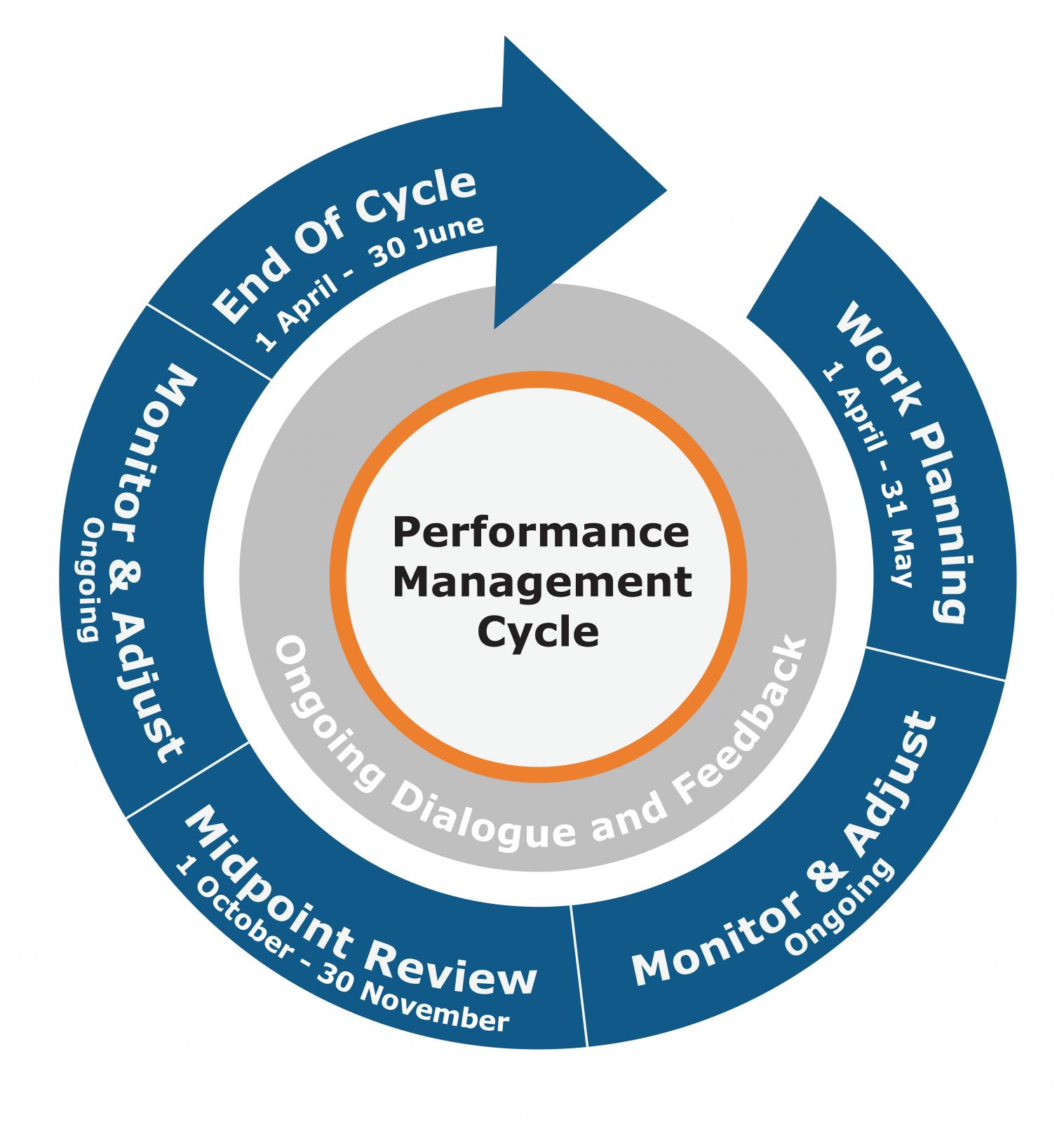Negative Reinforcement
by
Charles Lamson
Negative reinforcers increase behavior because people behave to escape or avoid a negative consequence. We shut the window to avoid the cold. We close the door to keep out insects. The difference in escape and avoidance is often defined in terms of whether we are proactive or reactive. The proactive response is to prevent the negative consequence from occurring (avoidance). We work late to prevent the negative consequence we know will happen if we are late with our project. Working late, then, is an avoidance behavior. We are reactive when we respond to a consequence that is occurring. We are cold so we close the window to stop the cold from continuing to enter the room (escape).
 |
Negative reinforcement as a concept is somewhat confusing in that most people think of avoiding or escaping a consequence as not being a consequence. Usually all we see is the behavior because the behavior prevented the punishment from occurring, but it was the presence of that potential punisher that caused the escape or avoidance behavior. Negative reinforcement is usually the answer to the question, "Why are they doing that?" when there is no evidence of positive reinforcement. Usually you will find the punishment or penalty contingency when you investigate. Note that the contingency may be stated to reduce the frequency of a behavior ("If you do that one more time..."). Whatever you do to avoid or escape aversive consequences is driven by negative reinforcement.
Many times you will hear someone say, "I negatively reinforced that behavior." More often than not this is an incorrect statement. Most likely they punished or penalized some behavior. In many popular management books, negative reinforcement is often confused with punishment: The two terms are often presented as synonyms. They are far from synonyms. They produce the exact opposite effects. Negative reinforcement increases behavior; punishment and penalty decrease behavior.
Negative reinforcement consists of two separate conditions, both closely linked to possible punishment. The first condition occurs when a punishment or penalty contingency is in operation and your behavior terminates it. If you have ever been told "I know you need to go, but you must finish this job before you leave," your behavior was under the control of negative reinforcement. Your behavior terminates the unpleasant condition and you leave work as soon as the job is done. The second condition occurs when you receive a threat or warning such as, "If you do that again, you will be written up." You will work to avoid having that negative consequence occur. Whatever you do to avoid being written up is a negatively reinforced behavior.
After a number of years of not teaching the difference between positive and negative reinforcement, the writers of Performance Management discovered that when managers do not understand the difference, the majority of performance improvement efforts are driven by negative reinforcement. In addition, because negative reinforcement increases behavior, some managers do not see the need for positive reinforcement. In other words, as a result of using negative reinforcement to reach their goals, the managers may receive bonuses and other positive consequences. The problem is that once the consequence has been avoided, there is no motivation to do more. As long as the person does enough to keep the negative consequence from happening, he has maximized his effort.
William Edwards Deming was an American engineer, statistician, professor, author, lecturer, and management consultant. In his seminars, he told managers mangers to eliminate goals and standards. His observation was that they capped performance. He was observing that most goals and standards are achieved and maintained by negative reinforcement. He also told his audience to eliminate fear from the workplace. He did not use the term negative reinforcement as the method by which fear is maintained in the workplace, but that was, in effect, what he was describing. There is a cost to the organization that relies on this process either as a deliberate strategy or by a lack of awareness. Such settings, in Deming's words, "drive-in fear." Even though in some cases it may be difficult to see real differences in either rate or duration of responding under the two consequences, negative reinforcement almost always produces negative reports from employees as it relates to management and the workplace in general. When leaders endorse the use of negative consequences as the primary way to achieve organizational results, directly as an active participant or indirectly through policies and systems, it always produces ethical concerns and an organization that never performs up to its potential.
Although some behavior analytic research (e.g., Perone, 2003) suggests that it is often difficult to discriminate between results produced by positive reinforcement from those produced by negative reinforcement, these researchers rarely consider the contextual aspects of fear-driven organizations as part of the experiment. The writers would argue as well that such experiments cannot be generalized easily to the real world of work. Performance Management is not simply about obtaining results quickly or at high rates. How we obtain those results does count.
We encounter negative reinforcers many times every day. The behavior we display shows up as in driving fast to avoid being late. Children do their homework to avoid nagging from their parents. We go to the dentist to escape some pain or discomfort. We put on sunglasses to avoid the glare. Our legal system is almost exclusively a negative reinforcement system with few rewards in it for good behavior, only negative reinforcement and punishment for illegal behavior.
As you may understand by now, negative reinforcement requires some level of fear to be effective. The degree may be slight, such as fear of being embarrassed in a meeting, worrying about disappointing someone who is important to you, or fear of loss of income and status. This poses a problem for the company that relies too heavily on negative reinforcement to get work done. People do not want a job they are afraid of. They will escape such work by quitting. When they cannot usually because of economic circumstances, they will go to great lengths to avoid the feared consequence, including sometimes lying, cheating, and stealing. It is not unheard of that a manager or supervisor juggles the numbers to meet a quota or budget. In the case of Enron, executives went to the trouble of setting up companies for the purpose of hiding losses. We have known of cases where employees have carried production waste home rather than having it show up on a report. Absenteeism, turnover, and poor morale are other problems associated with excessive reliance on negative reinforcement.
If negative reinforcement is used to get a behavior started, positive reinforcement should be used to keep it going. The cost of managing by negative reinforcement is high. The cost is not only in terms of organizational profit, but it takes its toll on the managers as well as the employees they manage.

It must be pointed out that negative reinforcement is not bad; it just causes a predictable effect on behavior. When compliance is all that is needed, negative reinforcement can often get you there. When there is no behavior to positively reinforce you may need a negative reinforcement contingency such as "If you haven't finished this task by 5:00 pm, you must stay until it is completed" to get a behavior to positively reinforce. However, once the behavior has occurred under negative reinforcement control, to be most effective and efficient, the behavior must be positively reinforced as soon as it occurs.
*SOURCE: PERFORMANCE MANAGEMENT: CHANGING BEHAVIOR THAT DRIVES ORGANIZATIONAL EFFECTIVENESS, 4TH ED., 2004, AUBREY C. DANIELS & JAMES E. DANIELS, PGS. 62-64*
end
|

No comments:
Post a Comment